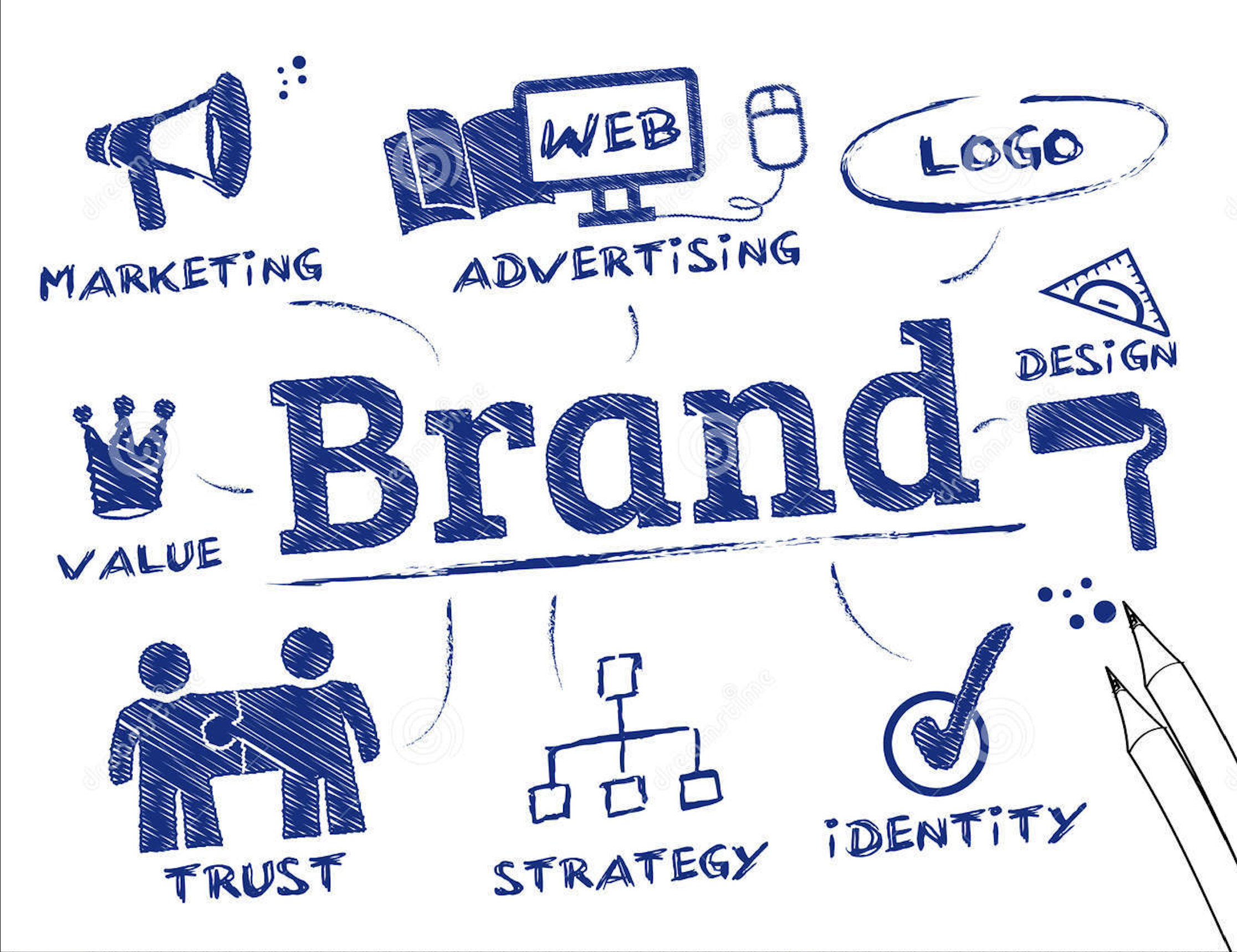
Building a Compelling Brand Story: Marketing for Founders
Why Your Brand Story Matters
Every successful startup has a compelling brand story at its core. A brand story is a narrative that connects with customers on an emotional level. It communicates your company's mission, values, and unique value proposition in a way that resonates with your audience.
Your audience craves great stories. They want to know your brand’s origin, its purpose, and why it exists. A well-crafted brand story differentiates your startup from competitors, builds trust, and inspires customer loyalty. It’s not just about what you sell—it’s about why you sell it and the impact you aim to create.
In this guide, we’ll break down how startup founders can craft a compelling brand story using storytelling techniques, strategic messaging, and emotional connections.
1. Understanding the Core Elements of a Brand Story
Much like a regular 3-act story structure, a great brand story follows a structured framework that includes three key components:
Setup: Establishing the Context
This is where you define the world before your startup existed. What problem or gap in the market led to your company’s creation? Think of this as the "before" stage in your story.
For example, when HubSpot started, traditional marketing was becoming less and less effective. Consumers were tired of cold calls and spammy emails. This was the standard that HubSpot sought to change.
Conflict: Identifying the Challenge
Every compelling story needs conflict—something at stake. The conflict is the challenge that your brand overcomes to provide value to your customers.
Take Patagonia’s brand story, for example. The clothing industry was contributing heavily to environmental damage. Patagonia identified this conflict and created a sustainable, eco-friendly approach to apparel, giving customers a way to buy products that aligned with their values.
Resolution: Your Brand as the Hero
This is where your startup comes in. Your brand is the solution that resolves the conflict and makes customers' lives better.
For example, Drift revolutionized marketing by eliminating lead capture forms and focusing on genuine, customer-centric conversations instead. Their resolution was simple: remove friction and put customers first.
When structuring your own brand story, follow this framework:
- Setup: What was the problem before your startup existed?
- Conflict: What struggle or challenge made solving this problem difficult?
- Resolution: How does your brand solve the problem in a unique way?
2. Crafting a Brand Story That Resonates
Now that you understand the structure, it’s time to craft a story that connects with your audience. Here’s how:
Find Your Why
People don’t buy what you do; they buy why you do it. Simon Sinek’s famous TED Talk on the "Golden Circle" highlights that successful brands start with "why" before moving on to "how" and "what."
To uncover your "why," ask yourself:
- Why does my startup exist?
- What problem did I personally experience that led me to create this solution?
- What impact do I want to have on my customers and the world?
Be Authentic and Transparent
Customers connect with brands that feel real. Instead of painting a picture of overnight success, be honest about your struggles and failures. Every startup faces obstacles—sharing them makes your brand relatable.
For example, Topicals, a skincare brand, was founded by someone who grew up never seeing their skin type represented in mainstream media. Their story isn’t just about selling skincare; it’s about changing beauty standards and making everyone feel seen.
Make It Personal
Great stories evoke emotion. Think about how your startup’s journey has affected you personally. Have you faced challenges? Had moments of doubt? What inspired you to keep going? Share these moments with your audience to create a deeper emotional connection.
Use Storytelling Techniques
Use vivid details and storytelling techniques to make your brand story engaging. Incorporate elements like:
- Characters (you, your co-founder, your customers)
- A journey (your struggles, pivots, breakthroughs)
- Emotion (joy, frustration, triumph)
3. Sharing and Amplifying Your Brand Story
Once you’ve crafted your brand story, it’s time to share it. Here’s how to maximize its impact:
Incorporate It Into Your Marketing
Your brand story should be embedded into everything from your website’s "About" page to your social media, email campaigns, and investor pitches. Make sure it’s visible across all touchpoints.
- Website: Your "About Us" page should tell your brand story in a compelling way.
- Social Media: Share snippets of your journey, behind-the-scenes moments, and customer success stories.
- Email Marketing: Feature your brand story in welcome emails to new subscribers.
- Pitch Decks: Investors want to know not just what you do, but why you do it.
Use Visual Storytelling
Humans process visuals faster than text. Use videos, infographics, and compelling imagery to bring your brand story to life. Consider creating a brand video that encapsulates your mission in a visually engaging way.
Leverage Customer Stories
Your customers are an extension of your brand story. Feature testimonials, case studies, and user-generated content to show real-life impact.
For example, Patagonia’s "Worn Wear" campaign shares stories of customers who have repaired and reused their Patagonia gear, reinforcing the brand’s sustainability message.
Test and Evolve Your Story
A brand story isn’t static—it evolves as your startup grows. Gather feedback from customers, test different versions of your story, and refine it over time. Stay authentic and true to your mission, but don’t be afraid to adapt based on audience response.
Make Your Brand Story Unforgettable
A compelling brand story is the foundation of your startup’s marketing success. It builds emotional connections, differentiates you from competitors, and creates brand loyalty. By structuring your story around a clear narrative, being authentic, and strategically sharing it across platforms, you’ll craft a brand identity that resonates with your audience.
Startup founders have a unique opportunity to tell stories that inspire and engage. Your journey, struggles, and successes make your brand unique.
Ready to build your brand story? Start by defining your "why" and crafting a narrative that connects with your audience. Your startup has a story that's waiting to be told!
